Jasmine Grow Tips And Common Varieties – Star-Shaped Flowers And Intoxicating Aroma

CLIMBERS > JASMINE
Reviewed By COLIN SKELLY

Colin is a Horticulturist and Horticultural Consultant with experience in a range of practical and managerial roles across heritage, commercial and public horticulture. He holds the Royal Horticultural Society’s Master of Horticulture award and has a particular interest in horticultural ecology and naturalistic planting for habitat and climate resilience.
JASMINE GUIDES
Prized for its delicate star-shaped flowers and intoxicating aroma, jasmine is a popular choice for gardeners across Britain.
With summer and winter flowering types available, jasmine has climbing and shrub varieties too.
Most jasmine blooms are pure white in colour, though there are cream and yellow blossoms in some varieties.
Whatever the hue or cultivar, they generally exude a bewitching scent that pleases pollinators as much as it does people.
Shrub forms of jasmine are great for growing as a hedge to bring some vibrancy and vivaciousness into your garden in the winter months.
Meanwhile, climbers can be trained to scale trellises, fences or walls as an ornamental and olfactory delight.
Overview
| Botanical Name | Jasminum |
| Common Name(s) | Jasmine |
| Plant Type | Perennial / Climber / Shrub |
| Native Area | Tropical areas of Eurasia & Oceania |
| Hardiness Rating | Varies by type |
| Foliage | Deciduous |
| Flowers | Delicate, star-shaped flowers that are mostly white but sometimes cream or yellow |
| When To Plant | Varies |
| When To Prune | After flowering |
Sunlight
Preferred
Full Sun or Partial Shade
Exposure
Sheltered
Size
Height
1 – 5M
Spread
1 – 1.5M
Bloom Time
Winter / Spring / Summer
Soil
Preferred
Most fertile soils
Moisture
Moist but well-drained
pH
Any
Hailing from the tropical regions of Eurasia and Oceania, most types of jasmine prefer warmer climes as a general rule.1Jasminum. (n.d.). Kew Royal Botanic Gardens. Retrieved March 20, 2023, from https://powo.science.kew.org/taxon/urn:lsid:ipni.org:names:328128-2
When growing these, it’s best to confine the plants to a conservatory or greenhouse to protect them from the worst ravages of the weather.
However, there are summer and winter flowering species which cope well with the rigours of the British climate, which is why it’s a common sight in homes and gardens around the country.
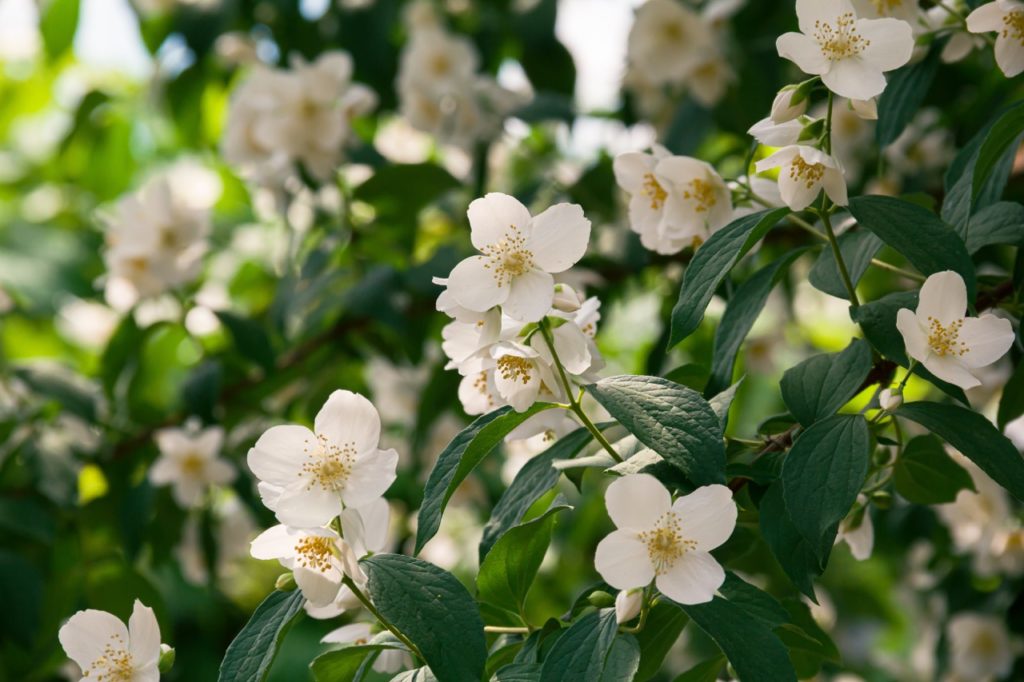
They look great as climbers adorning an external structure or as hedgerows and bushes, bringing wintry colour.
As well as having hardy varieties available, there are also evergreen and deciduous types available.
Select the cultivar that’s most appropriate for your specific needs.
Common Jasmine Varieties
As mentioned, there are a variety of different types of jasmine, each of which has its own levels of hardiness, growing habits and flowering seasons.
The most widespread species in the UK include:
Jasminum officinale
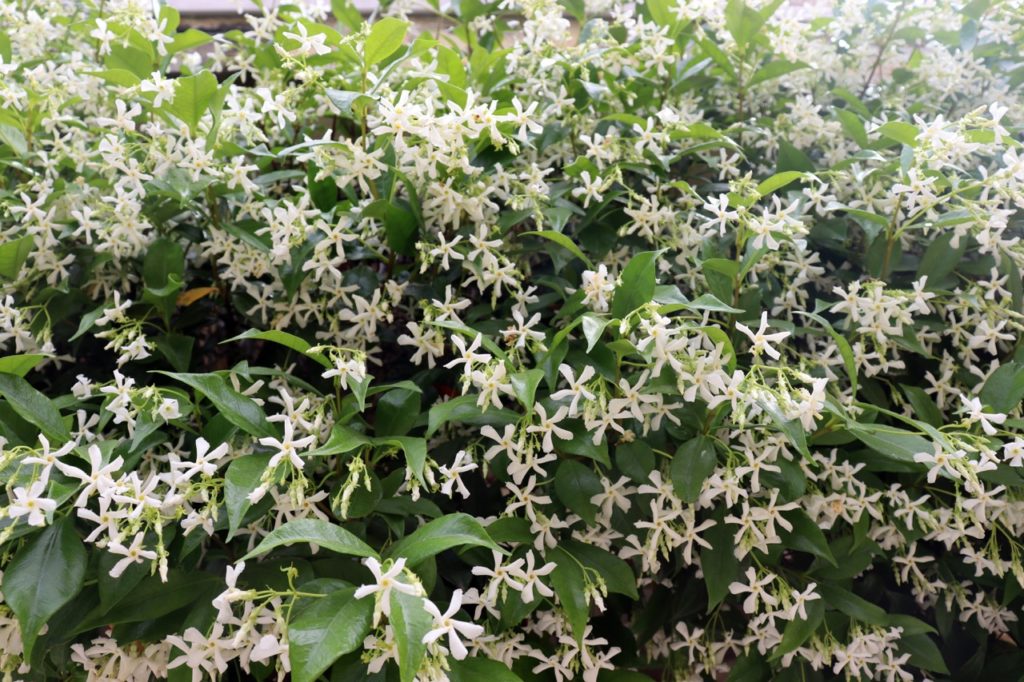
Better known as common jasmine, this popular plant is a vigorous climber that can be trained up walls, trellises, archways and pergolas.
In the summer months, its vines are awash with clusters of small white flowers which exude a stimulating perfume.
J. nudiflorum
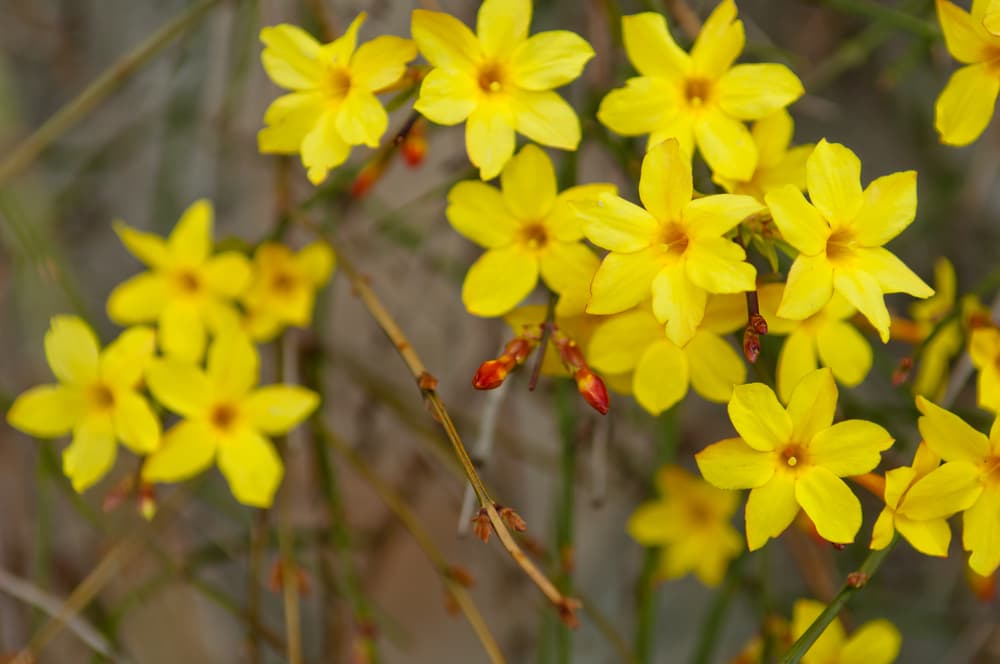
This species is more commonly called winter jasmine, so there are no prizes for guessing when it flowers.
It’s grown as a bush or hedge and carries unscented yellow flowers which burst forth brightly at the turn of the year.
J. polyanthum
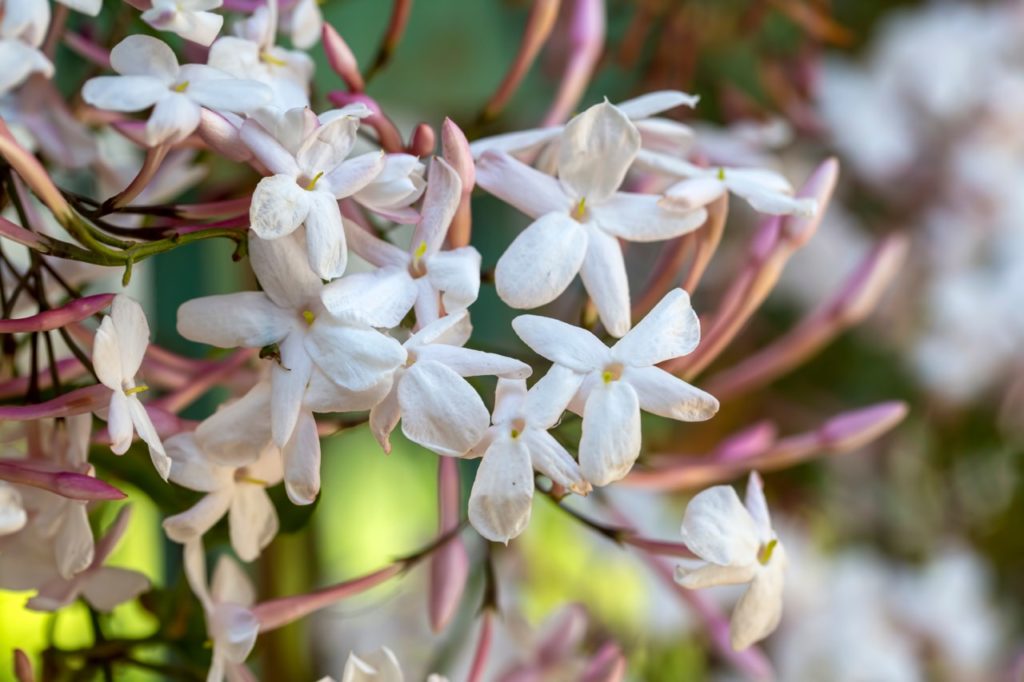
Colloquially known as Chinese jasmine, this species doesn’t do well in colder climes.
For that reason, it’s best grown as a houseplant, where its startling pink buds will transform into highly fragrant white blooms in late winter and spring.
Planting Jasmine
All types of jasmine appreciate fertile soil with good drainage, though they aren’t too fussed about the composition or pH levels.
They usually prefer full sun but there are cultivars which will tolerate partial shade, so just check the instructions when buying.
As a general rule, summer-flowering jasmines should be planted in spring or summer in a spot which is sheltered from the elements and receives plenty of sun.
They’ll struggle if positioned in an exposed location that suffers from frost or extreme cold.
By contrast, winter-flowering jasmines should be grown later in the year, in autumn or winter.
Some species are fully hardy and can be grown as standalone bushes and shrubs, while others are extremely delicate and normally cannot deal with external conditions in the UK.
Jasmine Plant Care
Depending on the type of jasmine you opt for, more or less maintenance may be required.
Vigorous climbers can exert quite a lot of force on the trellis, fence or other structure holding them, so make sure you use sturdy twine and supports.
Watering & Feeding
All varieties of jasmine will appreciate regular watering during their first year after planting.
Those which are rooted in the ground don’t require irrigation thereafter, except during prolonged periods of heat or drought.

However, they will benefit from the application of general-purpose fertilisers and high-potassium feeds.
Meanwhile, potted specimens should still be watered regularly during the growing season, but you can ease off as winter sets in.
Feed those in containers once a month with a fertiliser that has a high potassium content, such as that used for tomatoes.
Overwintering
The two most widespread types of jasmine, common jasmine and winter jasmine, are fully hardy and can be left to their own devices during the colder months.
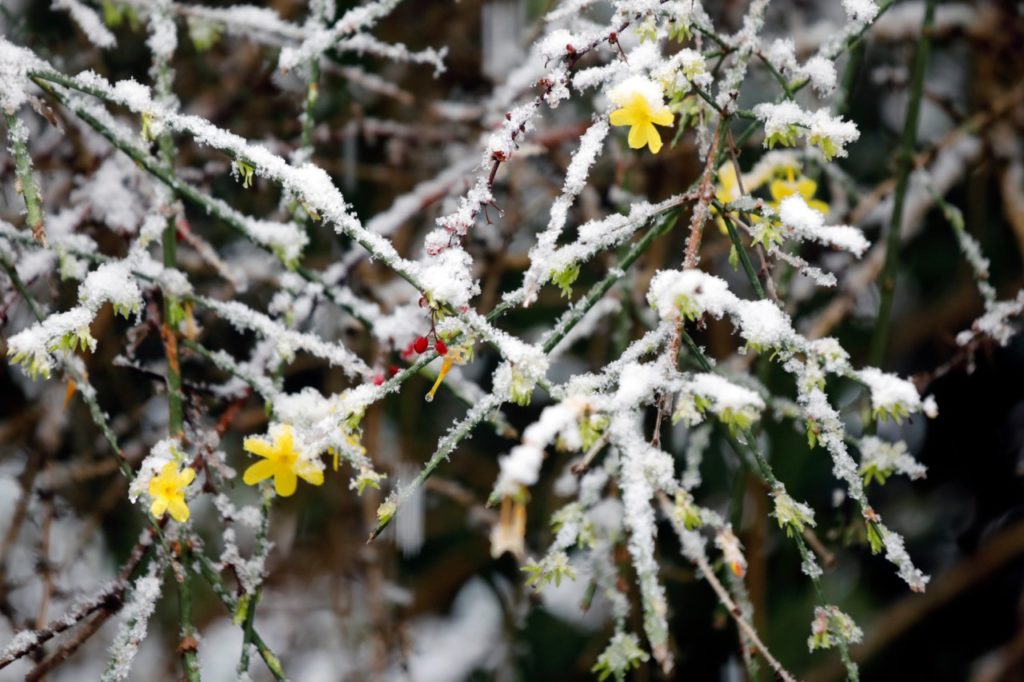
On the other hand, the majority of other jasmine cultivars are not hardy and should be brought indoors once night-time temperatures dip below 13°C.
Be sure to leave them in a spot which doesn’t suffer from excessive cold, even indoors, or they can wilt and die.
Pruning & Training
It’s advisable to prune back all types of climbing jasmine vigorously and annually right after they have flowered.
This will encourage plenty of new growth and stimulate more blossoms lower down on the vine, where their scent can reach your nostrils more readily.
For bushy varieties, it’s also likely that you’ll need to prune them back to keep them in shape.

These specimens can often become straggly, unruly and congested, so paring them back to restrict their spread is advisable when required.
To prune, simply trace a flowering stem back to a side shoot lower down on the vine and make a clean cut.
If stems are becoming overcrowded or damaged, thin them out too to ensure the plant retains its energies for those which will benefit from them most.
“I quite often have to tackle jasmine plants that have got out of hand and become a huge tangle of intertwining stems,” says Colin Skelly, Master Horticulturist.
“To restore order, cut back all stems to 40-60cm from the ground. This will mean that you will lose flowers for 2-3 years but this is a trade-off with regaining the space that was being occupied by the unruly jasmine.
“As it regrows, remove some stems to retain only those that you will train.”
Mulching
Any jasmine grown in the ground will appreciate mulching once per year in autumn.
Use organic matter or garden compost to retain moisture and repel weeds, applying a generous layer around the roots.
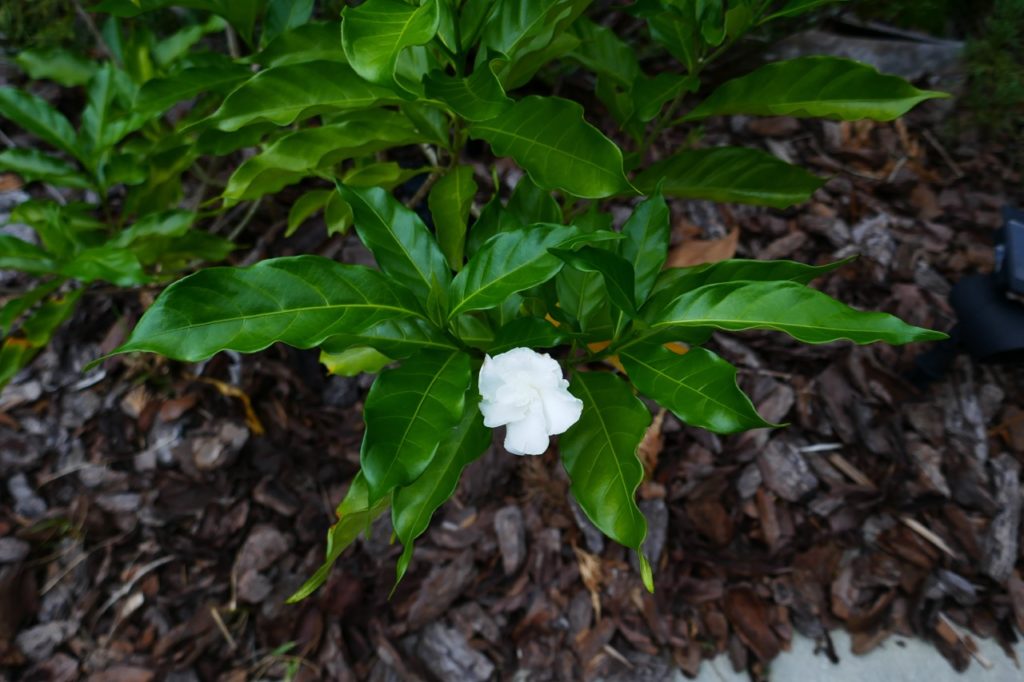
Additionally, this will also help less hardy varieties stay insulated during winter.
Just be sure to leave a gap between the stems and the mulch (around 7.5cm) to avoid root rot.
Common Problems
The biggest threat to outdoor plants is the cold and wet if dealing with non-hardy varieties.
In general, jasmine doesn’t suffer from blight or pests, though you might find aphids feasting on new shoots.
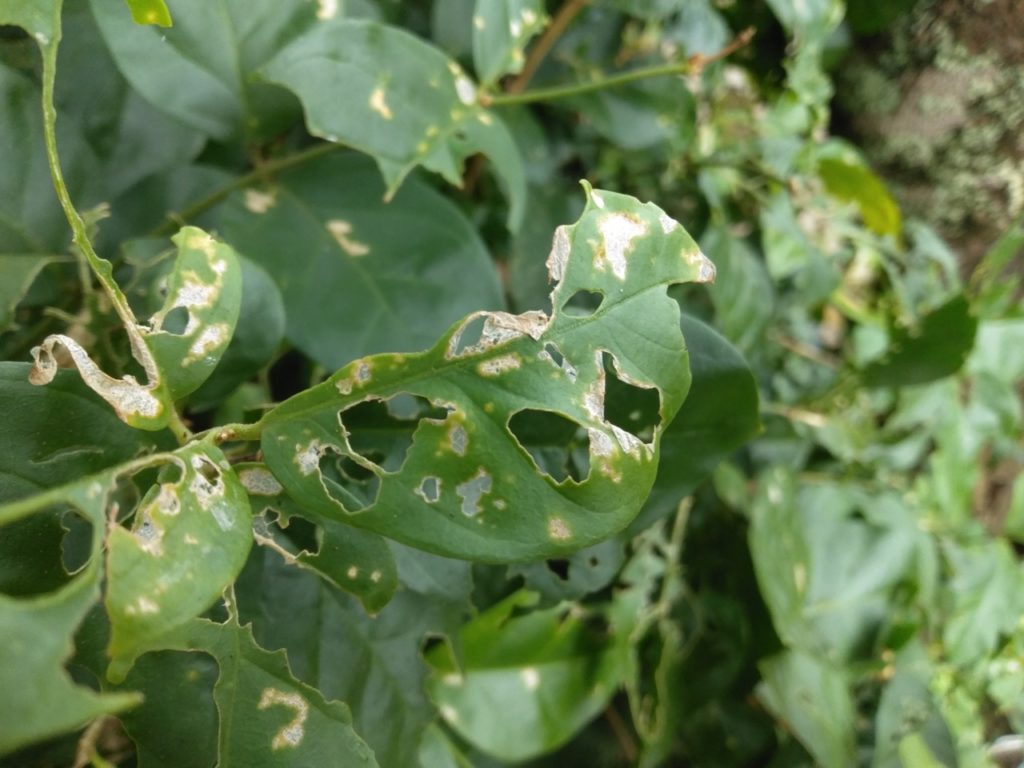
Plants grown indoors are more of a target for insects which feed on their sap, such as mealybugs and red spider mites.
Check their leaves regularly for signs of an infestation and take the appropriate steps using organic pesticides to rid them of the issue.
Propagating
Jasmine plants which are grown outdoors should be propagated by taking hardwood cuttings in wintertime.
Conversely, those grown indoors should be propagated from softwood or semi-ripe cuttings, which should be separated from the plant in spring or summer.
All types of cuttings should be around 15cm long and taken directly below a strong leaf node and should be planted immediately.
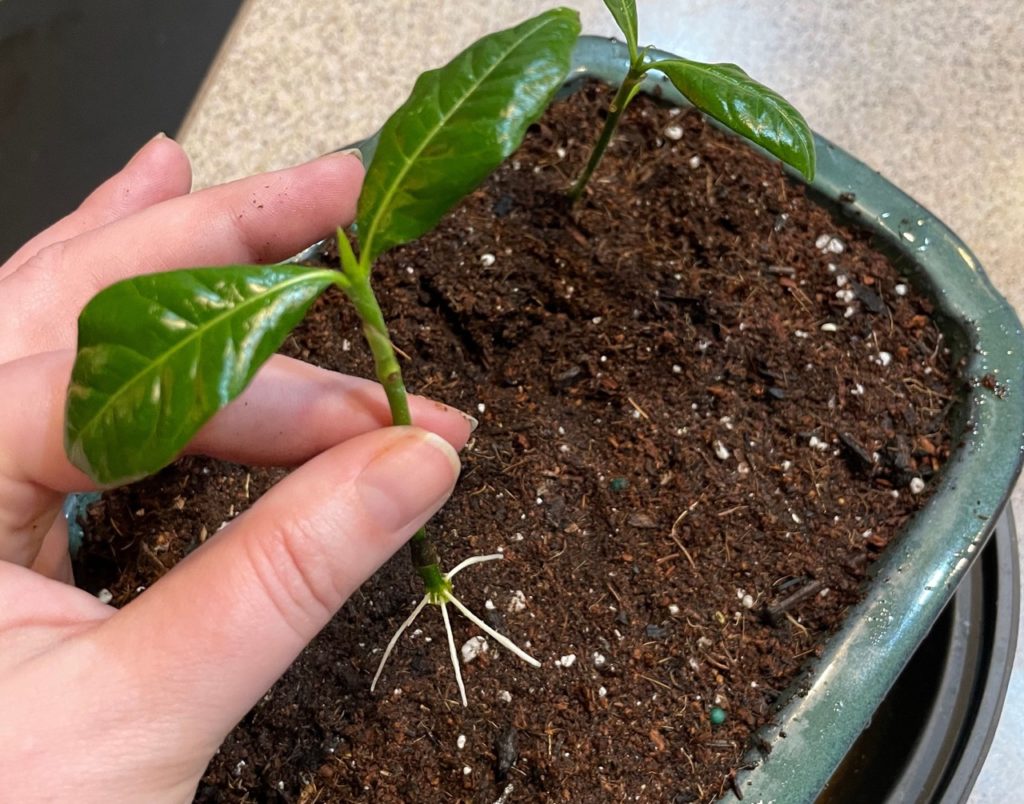
To do so, prepare their tips by dipping them into a rooting hormone, and then pushing the cutting into a nutrient-rich medium.
They will require frequent misting to keep them moist for the first month or so and you should also insulate the planter in a plastic bag.
After the roots have become established, you should transplant them to potting soil to allow them to establish themselves more fully.
Shortly thereafter, you can relocate them to exterior soil.
References
- 1Jasminum. (n.d.). Kew Royal Botanic Gardens. Retrieved March 20, 2023, from https://powo.science.kew.org/taxon/urn:lsid:ipni.org:names:328128-2

